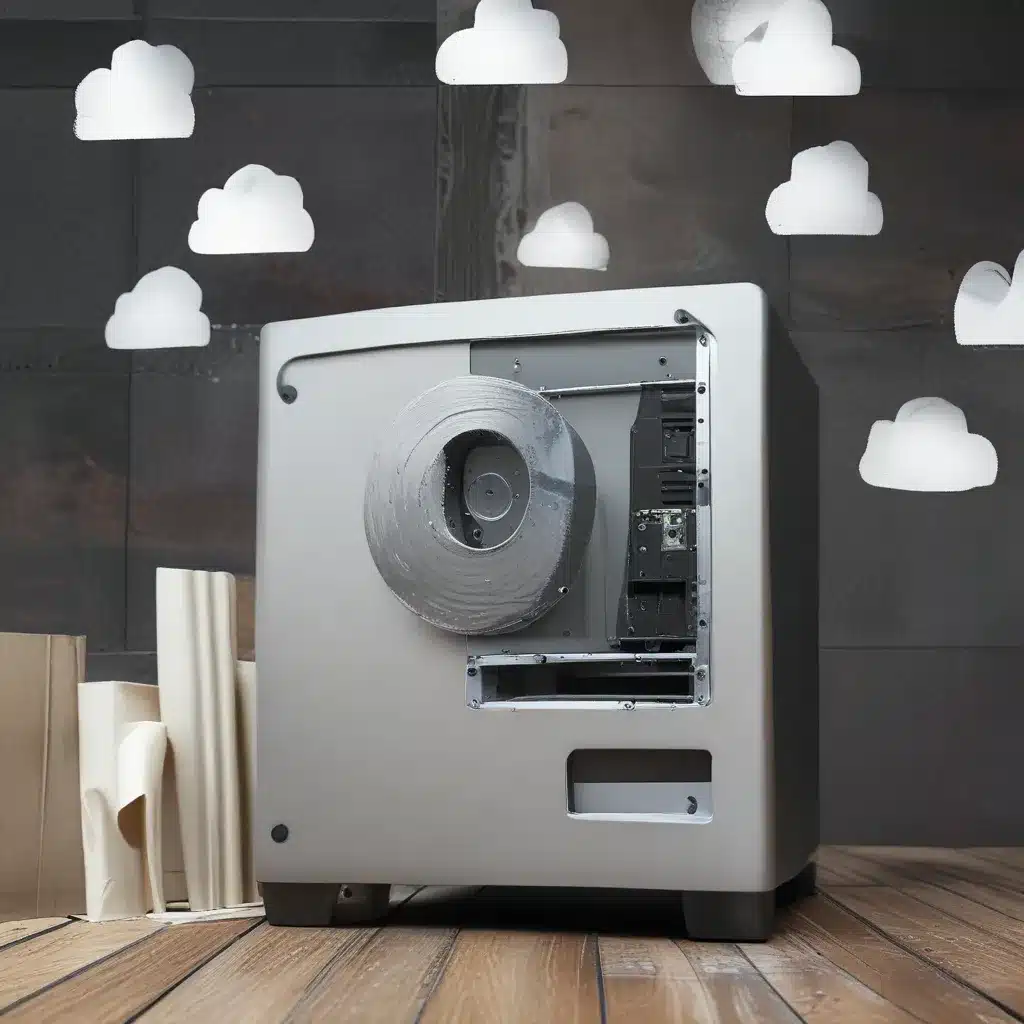
The Dreaded PC Upgrade: Navigating the Minefield of Data Migration
I’m no stranger to the thrilling world of upgrading my trusty computer. It’s like a high-stakes game of digital Tetris, trying to fit all my precious files and programs onto the new rig without losing a single byte. And let me tell you, if you don’t approach it with the right strategy, it can turn into a nightmare faster than you can say “lost Steam library.”
But fear not, my fellow tech enthusiasts! I’ve been there, done that, and I’m here to share my hard-earned wisdom on how to make the transition to a new PC as smooth as a freshly polished SSD.
Step 1: Assess Your Data Hoard
First things first, let’s take a good hard look at what we’re dealing with. If you’re anything like me, your old PC is probably bursting at the seams with a veritable treasure trove of files, programs, and… well, let’s just say, a few questionable downloads from the early 2000s.
Here’s a quick rundown of my setup: a trusty 120GB SATA SSD running Windows 10, along with a 2TB HDD filled to the brim with all my programs, files, and the occasional questionable download. Now, the new PC is a 2TB NVMe SSD for the OS and essential apps, plus a 4TB HDD for all the big stuff like videos, music, and those aforementioned ahem questionable downloads.
The goal is to get everything from the old HDD onto the new SSD and HDD, while making sure I don’t lose any of my precious data or customizations along the way. Sounds easy, right? Not so fast, my friend.
Tackling the Transfer Conundrum
Okay, so I’ve got a ton of programs, files, and even my Windows 10 installation to move over. The obvious solution would be to just reinstall everything on the new PC, but honestly, that sounds about as appealing as a trip to the DMV. I mean, I’ve got my entire Steam library, not to mention all those custom game box art files that I painstakingly collected. There’s no way I’m starting from scratch.
Then I thought, “What about creating an image of the old HDD and just transferring that over?” But then I realized that might not be the best idea, especially with the new NVMe SSD. I don’t even know if my old PC supports that kind of voodoo magic.
The Dropbox Dilemma
Speaking of voodoo magic, let’s talk about Dropbox for a moment. I’ve got a ton of files stored in my Dropbox, and the thought of having to redownload everything on the new PC is enough to make me break out in a cold sweat. Luckily, the Dropbox community has some handy tips on how to move those files without causing a major sync catastrophe.
The gist of it is to rename your Dropbox folder, move it to the new PC, install Dropbox, and then move the old folder into the new one. Sounds simple enough, right? Just don’t forget to pause the syncing before you start moving files, or else you might end up with a real mess on your hands.
The Windows 10 Conundrum
And then there’s the big question: what about my Windows 10 installation? I don’t have a spare license lying around, and I’d really rather not have to shell out for a new one. Turns out there are a few options, like using a Microsoft account to transfer your license or even trying to clone the old drive. Just be sure to do your research and proceed with caution, lest you end up with a digital Frankenstein on your hands.
The Grand Finale: Putting it All Together
Alright, let’s recap what we’ve learned so far:
– Take stock of your data hoard and make a plan
– Consider cloning the old drive or transferring files manually
– Be careful with Dropbox to avoid sync issues
– Figure out a way to transfer your Windows 10 license
With these tips in your arsenal, you should be well on your way to a smooth and painless transition to your new PC. Just remember to take it slow, double-check your work, and for goodness sake, don’t be afraid to call in the professionals at IT Fix if you get stuck. They’d be more than happy to lend a hand and make sure your data migration goes off without a hitch.
Happy upgrading, my fellow tech enthusiasts! May your new rig be fast, your storage be plentiful, and your data be forever safe.












